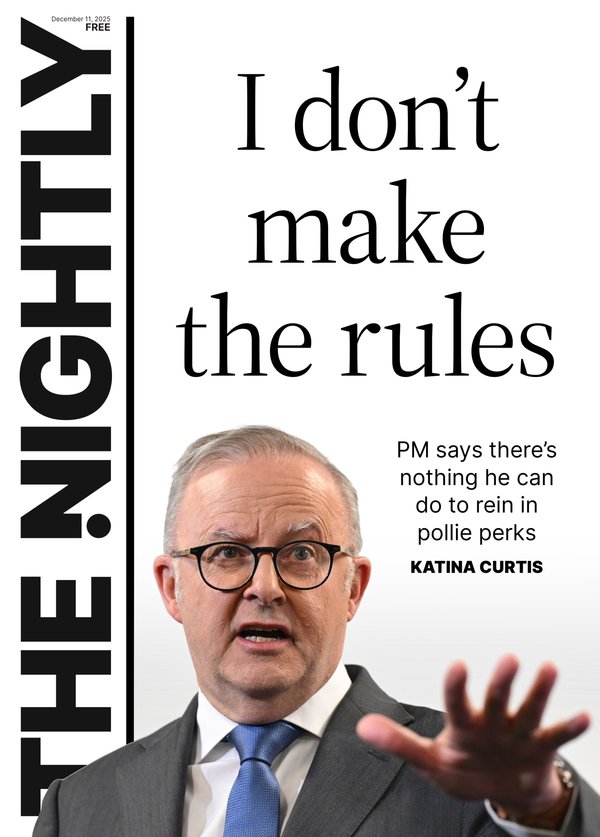THE NEW YORK TIMES: The battle to beat jet lag: Can an app make a difference?
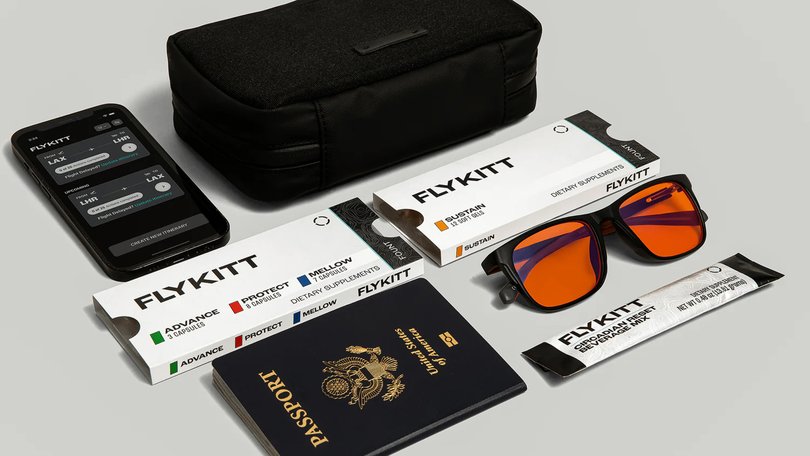
Nothing undermines the joy of travel quite like a bad case of jet leg. That’s why an entire industry has popped up to help deal with it, hawking solutions like light therapy glasses, targeted supplements, apps and coaching.
But do any of them actually work? I put two popular methods to the test on a two-week journey to Asia in May. I flew from New York, where I live, to Seoul, South Korea, and Taipei, Taiwan — both on the other side of the globe, a difference that is literally night and day — and then back home.
The two apps to which I ceded control of my daily rhythms, Flykitt and Timeshifter, are personalised programs based on scientific approaches to jet lag. Both directed me when to sleep, get light exposure, drink caffeine and take supplements. But they took different approaches: Flykitt featured a heavy vitamin regimen, while Timeshifter focused on preparing for jet lag days before flying.
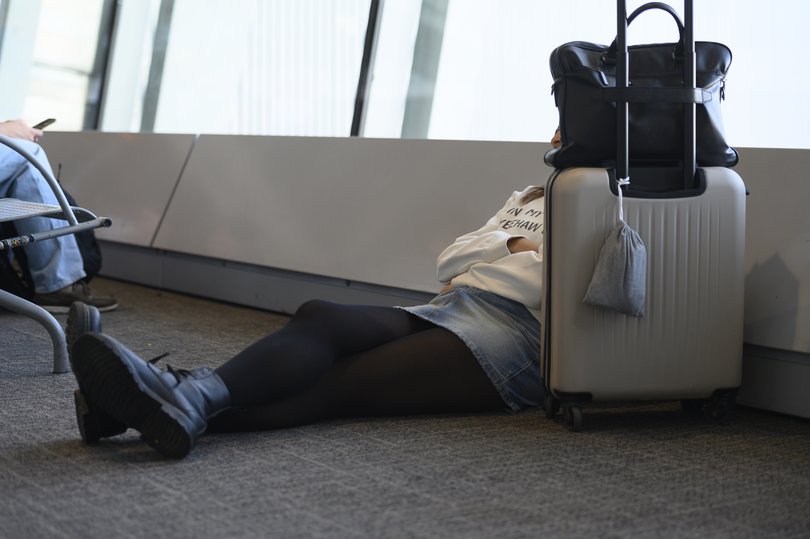
ROAM. Landing in your inbox weekly.
A digital-first travel magazine. Premium itineraries and adventures, practical information and exclusive offers for the discerning traveller.
By continuing you agree to our Terms and Privacy Policy.The Science of Jet Lag
Both apps rely on circadian science, the study of the body’s internal clocks. The central clock is in the brain and follows a roughly 24-hour cycle.
Many mental, physical and behavioural changes in the body, such as hormone release, and sleeping and waking, are influenced by the circadian clock. Research shows that exposure to light plays a key role in synchronising these rhythms to the outside world.
Jet lag happens when the body clock falls out of sync with the local time, resulting in discomforts like poor digestion, foggier memory and focus, and interrupted sleep.
Many sleep experts said light exposure is the key to shifting the body’s internal clock. Light at strategic times can move the clock in either direction. Basically, to move it earlier, you’ll want to see light earlier in the morning than usual; to move it later, get that light exposure deeper into the night.
“Your brain wants to be awake, but you want to be asleep,” said Jamie Zeitzer, a professor of sleep medicine at Stanford University and co-director of its Centre for Sleep and Circadian Sciences.
We don’t all adjust to time zone changes the same way. Sveta Postnova, an associate professor of brain dynamics and neurophysics at the University of Sydney, pointed to anecdotal evidence that some travellers reported weeks of suffering while others claimed to be unaffected, but said that so far there is no objective data that explains this gap.
Our natural tendencies to sleep earlier or later, called chronotypes, may also play a role. Night owls have an easier time going west, which requires staying up later than usual, and early birds tend to find flying east easier, said Kelly Glazer Baron, a professor of family medicine and the director of the University of Utah’s behavioural sleep medicine program.
Long-haul journeys across multiple time zones present a timing challenge: Seoul was 13 hours ahead of New York when I went and Taipei was 12 hours ahead. For most people, it’s harder to move your sleep time earlier than it is to delay sleep.
The apps proved useful by helping me wrap my head around time zone calculations, such as the ideal time to sleep on a flight and when to blast my eyes with light to better adjust to my destination.
While seeing light at night seems counterintuitive to getting good sleep, there’s a clear reason behind it. It signals to the body that it’s not time to sleep yet, keeping you awake and shifting your body clock a bit later, said Jay Olson, a postdoctoral fellow at the University of Toronto Mississauga who has studied jet lag.
“Sometimes what’s best for your circadian rhythm is not necessarily best for sleep hygiene,” he said.
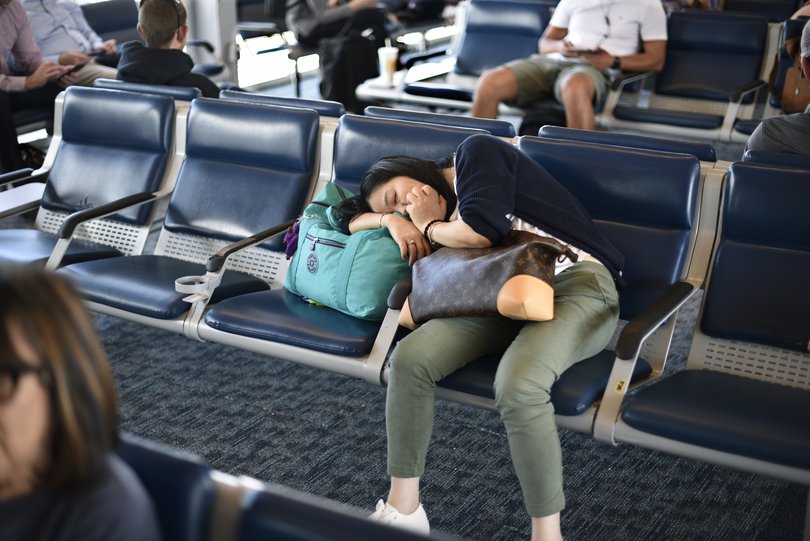
Test No. 1: Flykitt
First up, for the New York-to-Seoul trip, was Flykitt. Its starter pack, $99 for a round trip, includes glasses that filter blue light to minimise light exposure and packs of supplements meant to target inflammation. The program, which promised to curb jet lag in just three days, began on departure day. I put my flight details into the app and answered a few questions about my caffeine intake and sleep patterns, and the app promptly churned out a detailed schedule.
On the 15-hour nonstop flight to Seoul, the program recommended only a three-hour nap, so I barely slept. Instead, I diligently studied my schedule, donned my special glasses, ate meals and took vitamins every few hours. The patented supplement protocol included vitamins B6, B12 and C; magnesium glycinate; melatonin; and omega-3 fatty acids.
Andrew Herr, who founded in Flykitt in 2022 and previously worked as a military contractor researching human performance, said he believed data shows that inflammation is a “key piece” of jet lag and that it’s “exacerbated by the lower sleep or the disruptive sleep you get during travel”.
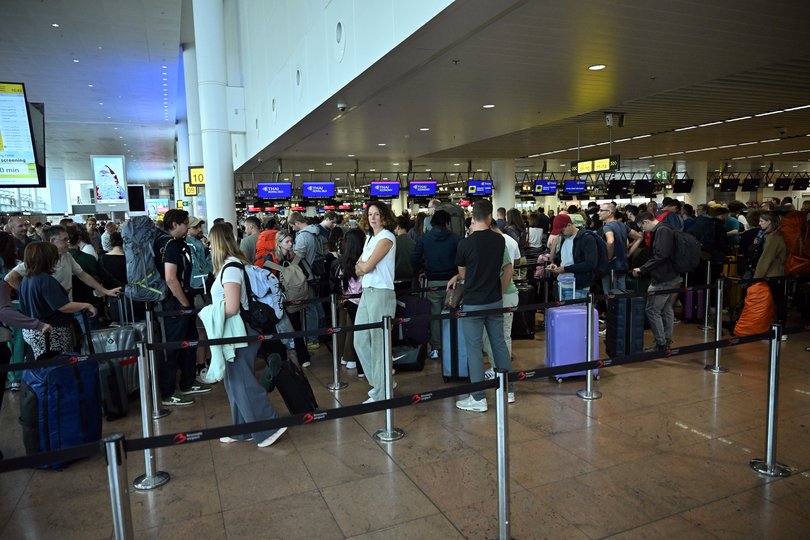
At first, popping handfuls of pills was novel and funny, until it wasn’t. The regimen had me taking about three dozen vitamins over three days, starting on the day of the flight.
I also experienced mysterious, intense thirst. I couldn’t be sure, but I suspected the vitamins were to blame.
Addressing my unquenchable thirst resulted in a need to use the bathroom about every hour. I spent roughly equal time sightseeing as I did finding public toilets in Seoul.
Perhaps this experience is an anomaly; Herr said that the company has less than one adverse report per 1000 kits sold and that negative experiences generally involve gastrointestinal issues.
While I wouldn’t say my jet lag was zapped by day three, I slept well and felt energised. I felt fully adjusted after five days, shortly before flying to Taiwan. Flykitt’s app told me that unassisted, this time zone alignment would generally take a little over a week.
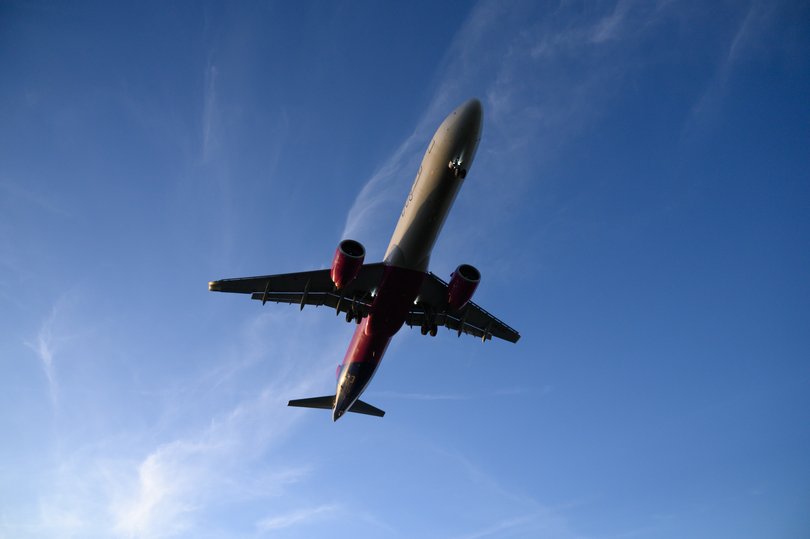
Test No. 2: Timeshifter
After about a week in Taipei, I returned to New York using Timeshifter’s guidance. This app was cheaper than Flykitt, $25 for a year’s subscription. No blue-light glasses, which I honestly enjoyed wearing. The only recommended supplement was melatonin, which I was to take for my first four nights back home to help with the adjustment.
While Flykitt instructed me when to avoid light, Timeshifter alerted me about times to seek it out. When I couldn’t be outside, I turned on as many lights as I could. Standard room light is about half as effective as daylight, Professor Zeitzer of Stanford said.
The week-long program featured a pre-flight shift two days before my return. This meant seeing light several hours before sleeping, as well as gradually pushing my sleep and wake times later, which wasn’t practical in my final days in Taipei. I didn’t want to sleep until 10am on my last day in the city when I could be crushing soup dumplings instead.
Mickey Beyer-Clausen, a co-founder and the CEO of Timeshifter, agreed that it wasn’t always easy to follow the optimal advice.
“We say, follow the plan as much as you can,” he said. “It is not crucial that it’s followed 100 per cent.”
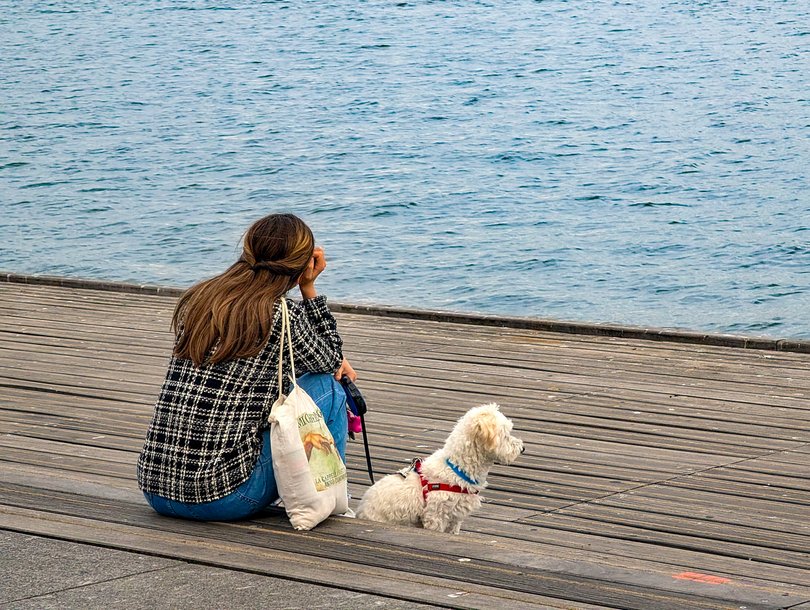
On my evening return flight from Taiwan, the app advised acclimating to New York’s time zone, where it was daytime, by drinking caffeinated beverages deep into the night. It also suggested napping, which I found to be conflicting advice after having tea. I dozed maybe an hour or two. Back home, the regimen of light at night and melatonin to assist with sleep continued for several more days. Staying up when I was exhausted was painful without the adrenaline of being somewhere new.
It took me about five days to feel back to normal.
The bottom line: Neither program markedly shaved time off my jet lag, but I did feel more clear-headed during and after my trip and I didn’t get sick. The severe dehydration I felt may have been anomalous, but it was a pretty big minus for me. Perhaps the biggest benefit the apps offered was confidence; science was on my side.
Originally published on The New York Times
